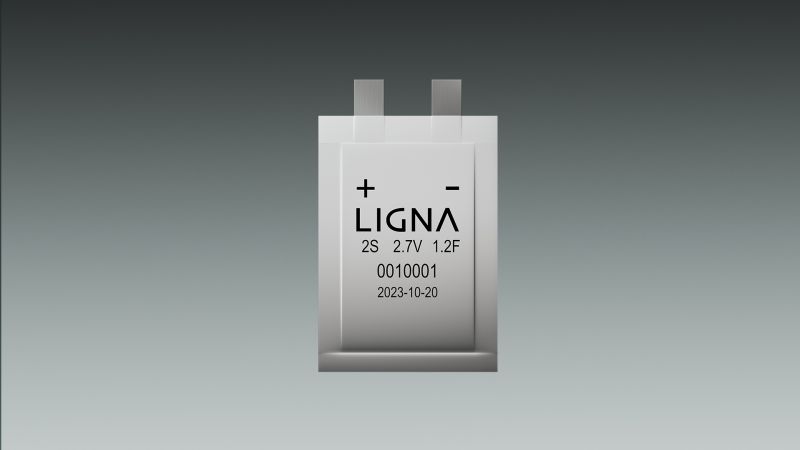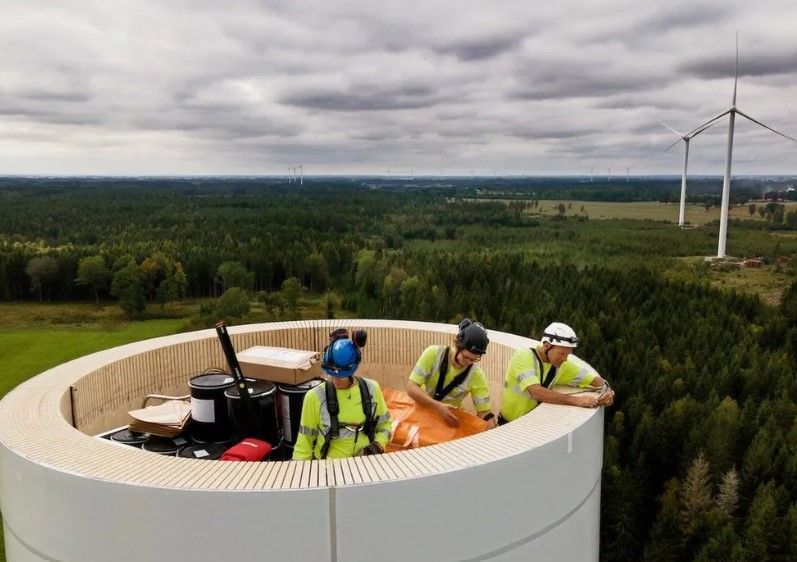If Sweden is to have a stable electricity supply in the future, we need to invest in both short-term and long-term energy storage – even if we keep or even increase the nuclear power production. This is evident from a new study produced on behalf of the industry organization Power Circle and the energy storage company Mine Storage.
The electricity systems in Sweden, Europe and the rest of the world are facing a major change. As transports and industries get electrified the need for electricity grows and may have doubled by 2045 according to Svenska Kraftnätn the Swedish TSO. This calls for a substantial expansion of electricity production, which will have to be largely renewable if we are to meet the climate goals. What does this mean for the Swedish electricity system and the need for balancing, stabilization, and storage? This is the question posed by industry organization Power Circle and energy storage company Mine Storage in a new study by Uppsala students Alexandra Sederholm and Sophie Ågren.
– Energy issues have received a lot of attention recently, but there are solutions such as flexibility and storage. At Power Circle we asked ourselves how big the need really is, and which technologies can solve the challenges in the longer term, says Anna Wolf, acting CEO at Power Circle and supervisor to the students.
The study is based on future scenarios from Svenska Kraftnät, the students’ own calculations and interviews with experts. An important conclusion is that energy storage, flexibility resources, and ancillary services are needed regardless of if we invest only in renewable energy, or if we keep, or even increase nuclear power production. Regardless of how the electricity is produced, both shorter and longer periods of electricity deficit will occur, and we will need to have support functions in place for the system to function.
– These are very interesting conclusions. We thought the greatest demand for large-scale energy storage would be in the non-nuclear scenario, but the need exists even if we increase nuclear power production. Nuclear power is not able to balance the grid and the hydropower is not sufficient to manage the energy imbalances despite being a substantially larger part of the Swedish energy mix compared with many other countries, so additional large-scale energy storage is needed for a functioning electricity system when we electrify our society, says Thomas Johansson, co-founder and CEO of Mine Storage.
Another conclusion is that support systems such as energy storage and flexibility resources will need to have much greater capacity than today to handle the upcoming electricity deficits, both for shorter and longer periods. To solve this problem we need technical development, and the experts agree that many different technologies will be needed. Solutions such as end-user flexibility, batteries, smart charging and – in the future – perhaps even V2G (electric cars feeding electricity back to the grid) can help cover deficits of 1–8 hours, but that won’t be sufficient.
– The study did not touch on imports or exports, but we will need many technologies to manage the future electricity system even if we cooperate with other countries. Large-scale energy storage will be an important piece of the puzzle to deal with the challenges and Power Circle will follow the development of storage technologies such as mine storage with great interest, says Anna Wolf.
– Sophie and Alexandra have done a marvelous job and part of their learning is to think like an engineer. In this study that meant that they adapted the dimensioning of the energy requirement to suffice for 80% of all weather scenarios instead of focusing on extreme weather that is unlikely to occur. The result shows that we will require several dozen mine storage facilities if the electricity system is to remain as robust and reliable as can be expected in a developed country, Thomas Johansson concludes.
For more information, please contact:
Thomas Johansson, co-founder and CEO Mine Storage, thomas.johansson@minestorage.com, 070-696 78 00
Anna Wolf, acting CEO Power Circle, anna.wolf@powercircle.org , 070- 954 00 02
About Mine Storage:
Mine Storage is an energy storage company founded by experts with a strong track record in the energy sector who want to contribute to a sustainable future of fossil-free energy production by developing environmentally friendly energy storage facilities in abandoned underground mines. In simple terms, a mine storage is like a traditional pumped storage plant, but partially underground: water is pumped up or let down between two reservoirs at different heights and can thus store or generate energy depending on the need in the electricity system. For more information, see minestorage.com.
About Power Circle:
Power Circle is the electricity industry’s interest organization for future issues. Our vision is to be a thought-leading organization for electrification’s future issues by building knowledge and networks that accelerate the sustainable transition. With a wide network, and in close collaboration with the partner companies, Power Circle enables dialogue and exchange, development and demonstration as well as influence through good examples and practical experience. For more information, see powercircle.org.
Fact box about the study
- The referred study consists of a thesis and a follow-up analysis carried out by Uppsala students Alexandra Sederholm and Sophie Ågren on behalf of the industry organization Power Circle and the energy storage company Mine Storage.
- The study is based on two different scenarios for the year 2045 from Svenska Kraftnät’s long-term market analysis. In the thesis, the Electrification Renewable scenario was studied and in the subsequent analysis Electrification Baseload was also included. The calculations have been carried out without regard to imports and exports or limitations in the electricity network capacity and can thus be said to show how well electricity production can be matched with consumption on the Swedish market in the future.
- In the Renewable Electrification scenario, wind power has been greatly increased and nuclear power has been phased out. In the Baseload Electrification scenario, renewable energy production has been increased, but nuclear power has also been kept and even increased.
- In both scenarios, electricity consumption is assumed to increase sharply: more than doubling in the Renewable scenario (from 141 TWh in 2021 to 286 TWh in 2045) and close to doubling in the Baseload scenario (from 141 TWh in 2021 to 266 TWh in 2045). Electricity production in 2045 in the Renewable scenario is assumed to be 304 TWh and 269 TWh in the Baseload scenario.
- A basic assumption in the study is that flexibility resources such as battery parks can help to cover shorter deficits in the system (1-8 hours).




